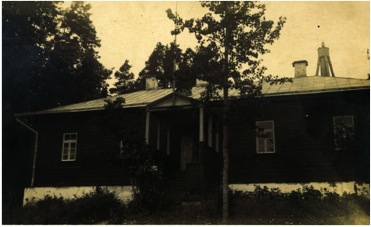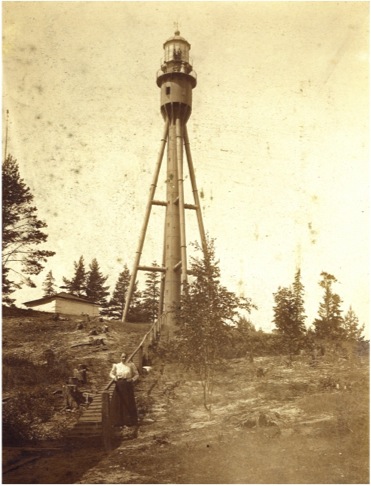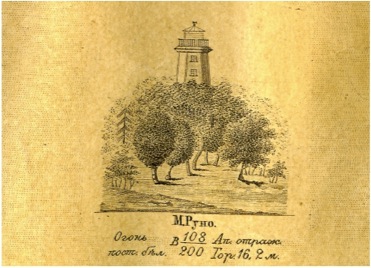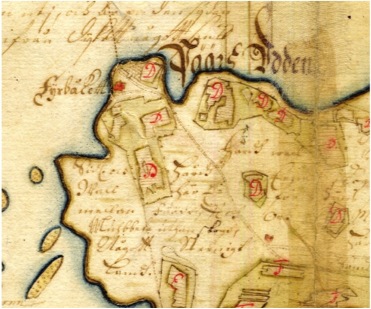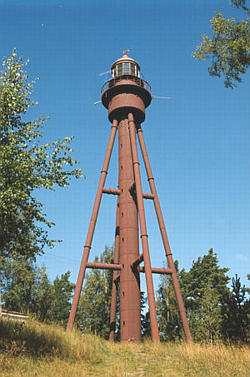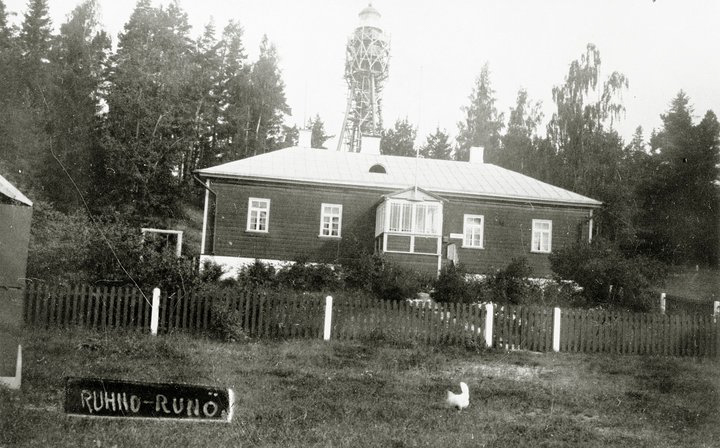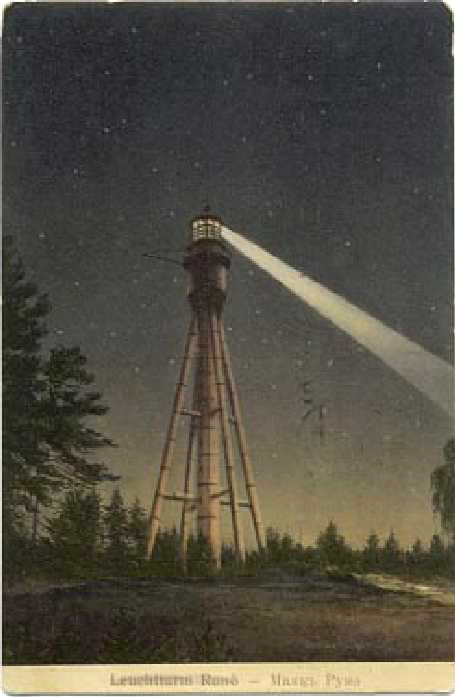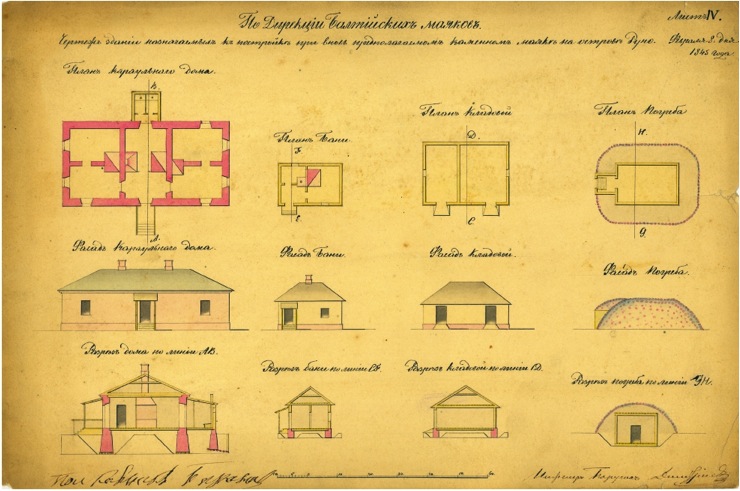
Rahvasuu says that before creating his architectural-engineering gem in Paris, Gustave Eiffel designed a lighthouse for Ruhnu. There is no basis to confirm or refute this statement, but the Ruhnu lighthouse does come from the masters of France.
Ruhnu has been at the crossroads of very important sea routes throughout history, and reports of the first lighthouse date back to 1646. The direct predecessor of today's Ruhnu lighthouse can be considered the 34-meter wooden six-sided lighthouse in the middle of the island, built in 1860. The work of the yellow trunk pyramid lighthouse went without problems until 1869, when it was planned to install a light apparatus on the tower. Unfortunately, the wooden lighthouse turned out to be too weak to install the heavy equipment. The only solution was to demolish the old one and build a new metal lighthouse.
The boiler plate lighthouse produced in the factory was ordered in 1875 from Forges et Chantiers de la Mediterranee, a manufacturer operating in Le Havre, France. In order to bring the metal parts by sea, a boat bridge and a stone road over the dunes were built on Ruhnu. There were also glitches during assembly, for example, the parts made in the factory did not want to fit together and there was a shortage of fasteners.
1877. one of Estonia's most peculiar lighthouses was completed on Haubjerre hill in the eastern part of Ruhnu (Runö) island in It consists of a sheet metal tube supported on the sides by inclined cylindrical supports. The technical and robust appearance of the lighthouse is due to the ease of production in the factory. The now rust-colored tower was gray in its first years of operation, accented by a red dome.
During the First World War, the tower was heavily damaged when the German troops blew up the service and lantern room of the lighthouse with dynamite cartridges in 1918. According to the project of engineer Ants Niilre, the service and lantern room was restored in 1936-37. in the years.
The service buildings built in the second half of the 19th century have been preserved near the Ruhnu lighthouse to this day — the overseer's residence, barn, sauna, cellar, stable, well, and a stone kerosene barn built in the first half of the 20th century and a generator building from the second half of the century. From 1875 until the Second World War, a lifeboat station operated on the southwest coast of Ruhnu Island at Sjustaka, from which the foundation of the boathouse, the ramp and the body of the wooden boathouse, which was later moved to the harbor, have been preserved. The lighthouse complex is under national protection as a cultural monument.
